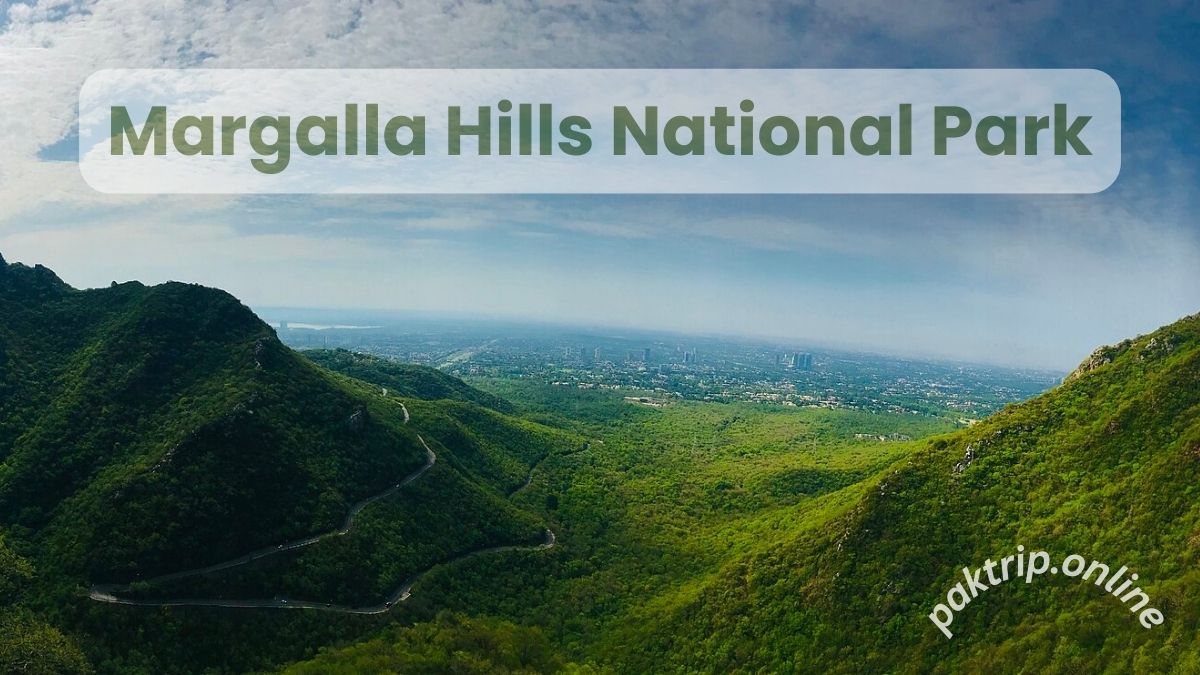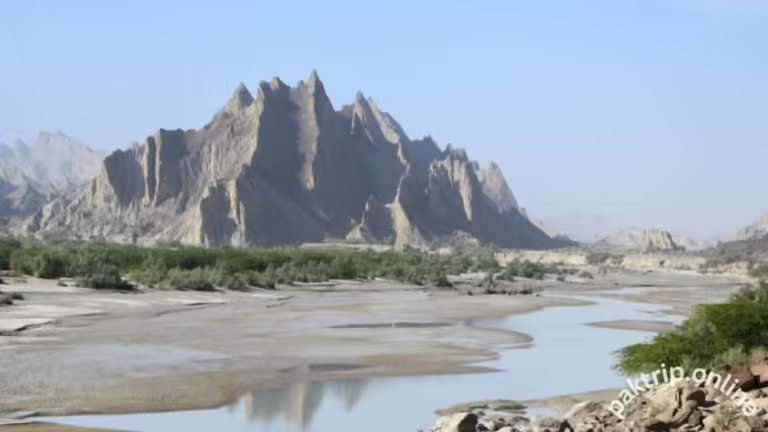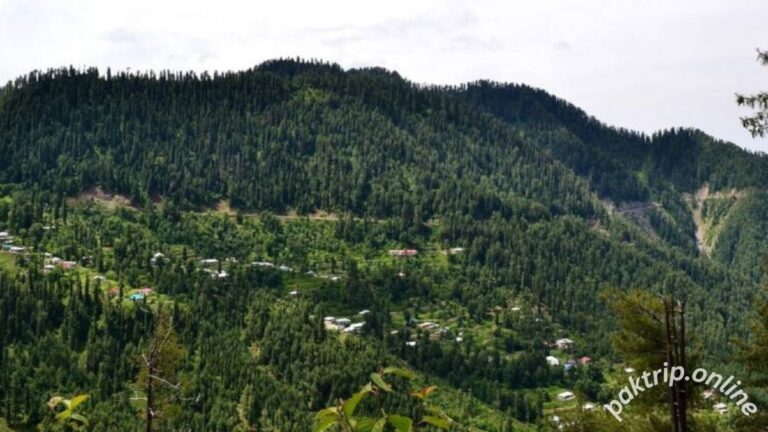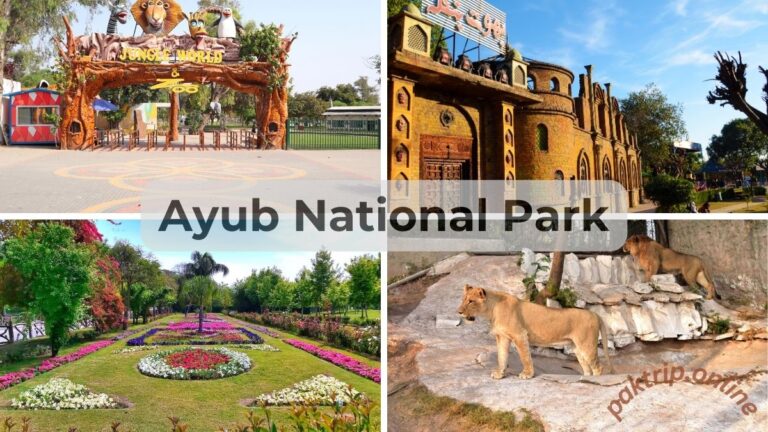Margalla Hills National Park: Islamabad’s Natural Treasure
Nestled in the heart of Pakistan’s bustling capital, Margalla Hills National Park is a serene escape offering unmatched beauty, adventure, and a rich blend of history and biodiversity. Covering an area of 12,605 hectares, this park is part of the Himalayan foothills, making it a significant natural and ecological landmark for the region.
Famous for its lush greenery, scenic hiking trails, and diverse wildlife, the park serves as a sanctuary for those looking to reconnect with nature while remaining close to urban life. Whether you’re an adventurer, a nature enthusiast, or simply someone seeking a peaceful retreat, Margalla Hills has something for everyone.
The History of Margalla Hills
The Margalla Hills are more than just a collection of mountains they carry a legacy of ancient civilizations and folklore. Archaeological evidence suggests human activity in these hills dates back to the Soan Civilization, around half a million years ago. Tools and artifacts from this period have been discovered here, offering glimpses into the lives of early humans.
Historically, the hills have played a strategic role as barriers and vantage points for empires and armies. Ancient myths and tales surrounding the hills, including stories of dragons and kings, add a layer of mystique to this natural wonder.
Today, the Margalla Hills are a beacon of conservation, symbolizing Pakistan’s commitment to preserving its natural heritage while promoting sustainable tourism.
Geography and Topography of Margalla Hills
The Margalla Hills are a continuation of the Himalayan foothills, characterized by rugged terrain, deep valleys, and varying elevations. The park’s altitude ranges from 685 meters at its base to a peak of 1,604 meters, creating a dramatic and picturesque landscape.
This topographical diversity not only provides stunning vistas but also supports a wide range of flora and fauna. The hills act as a natural boundary between Islamabad and the Potohar Plateau, serving as a green lung for the city.
The Rich Biodiversity of Margalla Hills
Margalla Hills National Park is home to a stunning variety of plants and animals, making it a hotspot for biodiversity.
Flora
The park boasts an array of plant species, including both evergreen and deciduous trees. Common vegetation includes:
- Pine and olive trees
- Wild shrubs and grasses
- Colorful seasonal flowers that brighten up the landscape.
Many of these plants have medicinal properties, contributing to the ecological and cultural significance of the area.
Fauna
The park is a haven for wildlife, with species ranging from small mammals to large predators. Some notable inhabitants include:
Mammals: Leopards, jackals, wild boars, and barking deer
Birds: Over 250 species, including the cheer pheasant, black partridge, and Himalayan monal
Reptiles: Monitor lizards and snakes, commonly seen in warmer months
The park’s diverse ecosystem makes it a favorite spot for nature lovers and birdwatchers.
Hiking Trails: A Trekker’s Paradise
Margalla Hills is renowned for its network of hiking trails, catering to both beginners and seasoned trekkers. These trails offer breathtaking views, challenging climbs, and opportunities to immerse oneself in nature.
Trail Highlights
Trail 3: Known for its steep incline, this trail starts near F-6 and rewards hikers with panoramic views of Islamabad. Completing it usually takes about 2 to 3 hours.
Trail 5: A family-friendly trail with shaded paths, streams, and picnic spots. This moderate trail is ideal for casual walkers.
Trail 6: Perfect for birdwatching and wildlife enthusiasts, this quieter trail offers a peaceful experience.
Pir Sohawa and Monal: Pir Sohawa, accessible via hiking trails or a scenic drive, is a popular destination within the park. The area features the iconic Monal Restaurant, where visitors can enjoy delicious food with stunning views of Islamabad below.
Each trail in Margalla Hills offers a unique experience, ensuring that every visit is memorable.
Recreational Activities in the Park
Beyond hiking, Margalla Hills National Park provides a range of recreational activities, making it an ideal destination for families, adventure seekers, and nature enthusiasts.
- Rock Climbing
The park features several rock climbing spots suitable for climbers of all skill levels.
- Birdwatching
The park is a haven for birdwatchers, home to more than 250 species of birds. Rare species like the Himalayan monal and black partridge can often be spotted.
- Photography
The park’s breathtaking landscapes, vibrant flora, and diverse wildlife make it a favorite for photographers.
- Family Outings
Shaded picnic areas and open spaces make the park a popular choice for families looking to spend quality time outdoors.
Eco-Tourism and Conservation Efforts
Margalla Hills National Park serves as a model for sustainable tourism in Pakistan. The park’s administration has implemented various conservation initiatives to protect its natural resources:
- Reforestation Projects: Planting native trees to combat deforestation.
- Wildlife Protection: Anti-poaching campaigns and habitat preservation efforts.
- Community Engagement: Raising awareness among locals about the significance of conservation.
These initiatives ensure that the park remains a sanctuary for wildlife and a source of enjoyment for future generations.
Visitor Amenities and Facilities
To enhance the visitor experience, Margalla Hills National Park offers several amenities:
- Visitor Centers: Provide information, maps, and guides.
- Parking Areas: Available at major trailheads.
- Rest Stops: Shaded benches and rest areas along the trails.
- Cafes and Restaurants: Popular spots like Monal offer delicious meals and refreshments.
While facilities are basic, they are well-maintained to ensure a comfortable visit.
Best Time to Visit Margalla Hills
The park is open year-round, but the ideal time to visit depends on what you enjoy most.
- Winter (November-February): Cool weather makes it ideal for hiking and picnics.
- Spring (March-April): Blooming flowers add a splash of color to the landscape.
- Monsoon (July-August): Expect vibrant greenery, but be cautious as trails can be slippery.
- Autumn (September-October): Crisp air and clear skies create perfect conditions for photography.
Every season presents a distinct view of the park’s beauty.
Travel Tips for Visitors
Plan Your Visit: Choose a trail suited to your fitness level and start early to avoid crowds.
Dress Appropriately: Wear sturdy shoes, breathable clothing, and a hat for sun protection.
Pack the basics: water, snacks, and a small first-aid kit.
Respect Nature: Avoid littering and stay on designated trails.
Stay Safe: Be mindful of wildlife and follow park rules.
Why Margalla Hills is a Must-Visit
Margalla Hills National Park is more than just a natural retreat it’s a symbol of Islamabad’s commitment to preserving its ecological and cultural heritage. The park offers a perfect escape from the hustle and bustle of city life, allowing visitors to reconnect with nature, explore scenic trails, and appreciate the beauty of Pakistan’s diverse landscape.
Whether you’re hiking to Pir Sohawa, spotting rare birds, or enjoying a family picnic, Margalla Hills National Park promises an unforgettable experience. Plan your trip today and discover why this park is one of Islamabad’s most treasured landmarks!






